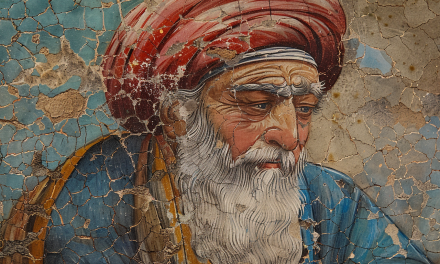Among the most influential and original thinkers to emerge from Japan in the 20th century was the philosopher Kitaro Nishida. His philosophy centered on concepts that may seem paradoxical to the Western mind, but cut to the core of understanding reality from an Eastern worldview.
Nishida was born in 1870 and developed his ideas over a lifetime of scholarly study of Western philosophy, particularly Aristotle’s metaphysics, as well as intense meditation practice in the Zen Buddhist tradition. This potent combination birthed his unique philosophical system known as the “philosophy of Nothingness” or “Absolute Nothingness.”
The Philosophy of Absolute Nothingness
At the heart of Nishida’s philosophy is the notion of “Absolute Nothingness” as the fundamental reality underlying all existence. Rather than a void or vacuum, he conceived of Nothingness as a unified whole from which all phenomena and opposites emerge and return. It was a transcendent, living force that existed prior to all distinctions and dualities.
This was not the nihilistic nothingness of a lack or absence, but rather an infinite reserve of potentiality from which all forms and oppositions materialize. Through Nishida’s Eastern lens, true reality existed in the absolute contradictory identity – the unity of contradictions.
Embracing Contradiction
Nishida challenged the Western tendency toward dichotomous, either/or thinking that strictly separates and opposes phenomena like mind/body, subject/object, self/other, good/evil. He instead asserted these distinctions were limited, temporary perspectives between elements united by the underlying continuity of Nothingness.
For Nishida, to perceive things as discrete and oppositional was to miss their true, deeper interconnectedness. His logic embraced the interpenetration and coalescence of apparent opposites as ultimately unified within the encompassing reality of Absolute Nothingness.
Finding Truth in Paradox
These ideas birthed many paradoxical expressions in Nishida’s philosophy. He spoke, for example, of the “self-contradictory self-identity” of all things containing their opposite within. Likewise, he conceived of “self-negating contradictory identity” as the process of individuals both affirming and negating themselves through expression and behavior.
To the Western logical mind steeped in Aristotelian law of non-contradiction, these formulations appear nonsensical. Yet for Nishida, they accurately reflected the paradoxical nature of reality as he had experienced it through his study, meditation, and insights. Transcending binary thinking allowed access to deeper truths.
Nishida’s ideas pushed past the limits of traditional philosophy into radical new territory. While challenging to grasp from a strictly Western intellectual framework, his profound perspective opened doors to richer understandings. The unity of opposites and dynamic interpenetration of all things point toward the ultimate reality of oneness – all existing within, and derived from, the fundamental source of Absolute Nothingness.





